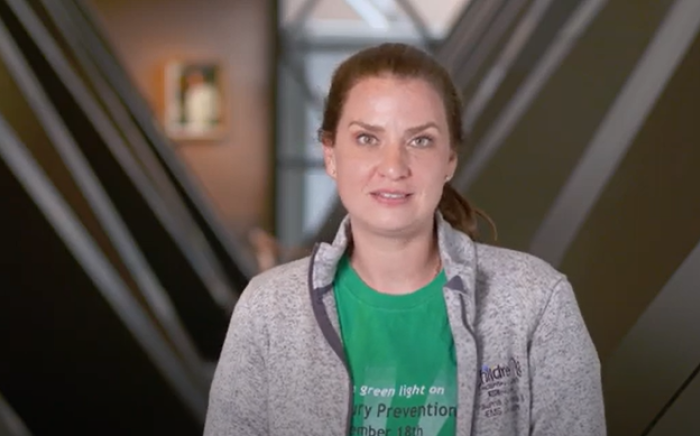What is Thrombocytopenia?
Thrombocytopenia means that a newborn baby has too few platelets in his or her blood. Platelets are blood cells that help the blood clot. They are made in the bone marrow.
How to say it
throm-boh-sy-toh-PEE-nee-uh
Causes of Thrombocytopenia
Thrombocytopenia may be caused when then baby doesn't make enough platelets or when the platelets break down too soon.
Making too few platelets may be caused by problems with a mother's blood pressure such as pre-eclampsia. Less commonly it may be caused by infections in the baby's bone marrow while in the womb. Examples are rubella or syphilis. Some medicines taken by the mother or given to the baby can also affect the bone marrow and lower the number of platelets made. Some rare genetic disorders also lower the number of platelets made.
The most common reason for thrombocytopenia is when a mother’s immune system makes antibodies against the baby’s platelets. This causes the platelets to break down too soon. Some babies who are very sick will also break down platelets too soon because of the illness.
Risk Factors
Thrombocytopenia is rare in babies. But a baby is more likely to have problems with it if he or she:
- Stays in the neonatal intensive care unit (NICU)
- Is very premature with a very low birth weight
Symptoms
Symptoms occur a bit differently in each child. They can include:
- Bruising or small red spots on the skin (petechiae)
- Bleeding in other body systems
- Yellow skin and eye color (jaundice) because of bruising
The symptoms of thrombocytopenia can look like other health conditions. Make sure your child sees his or her healthcare provider for a diagnosis.
Diagnosis
Your baby's healthcare provider will check your baby’s health history. He or she will do a physical exam. Blood tests can show lower platelet counts.
Treatment for Thrombocytopenia
Treatment usually depends on the cause of the thrombocytopenia. Most cases of thrombocytopenia are not serious enough to need treatment. But your child may need a platelet blood transfusion.
Complications
Babies who don’t have enough platelets may have bleeding into the tissues. Bruising of the skin is common. With bleeding, the red blood cells break down. This makes bilirubin. Bilirubin can build up in the blood and cause a yellowing of the skin and eyes (jaundice).
Too much bleeding can be dangerous and can affect the brain and other body systems.
Key Points
- Thrombocytopenia means your baby has too few platelets. This can happen from not making enough platelets or by having them broken down too soon.
- Thrombocytopenia may be caused by infections while the baby is in the womb or right after birth.
- Thrombocytopenia may be related to problems with a mother's blood pressure.
- Thrombocytopenia may be caused by antibodies attacking the baby's platelets.
- Babies are more likely to have problems with thrombocytopenia if they have a very low birth weight or stay in the NICU.
- Bruising of the skin is common.
- Most cases are not serious enough to need treatment.
Next Steps
Tips to help you get the most from a visit to your child’s healthcare provider:
- Know the reason for the visit and what you want to happen.
- Before your visit, write down questions you want answered.
- At the visit, write down the name of a new diagnosis, and any new medicines, treatments, or tests. Also write down any new instructions your provider gives you for your child.
- Know why a new medicine or treatment is prescribed and how it will help your child. Also know what the side effects are.
- Ask if your child’s condition can be treated in other ways.
- Know why a test or procedure is recommended and what the results could mean.
- Know what to expect if your child does not take the medicine or have the test or procedure.
- If your child has a follow-up appointment, write down the date, time, and purpose for that visit.
- Know how you can contact your child’s provider after office hours. This is important if your child becomes ill and you have questions or need advice.












